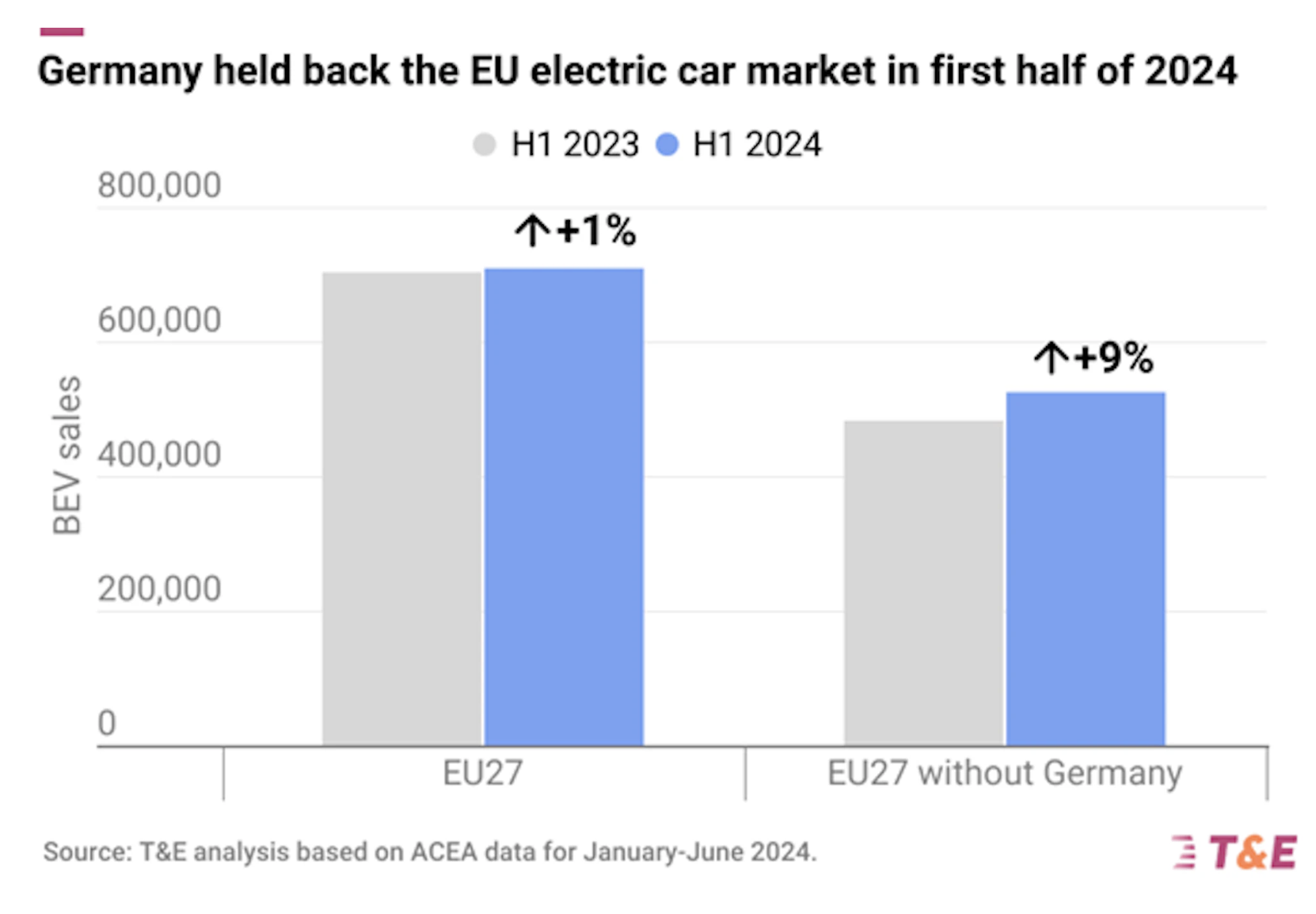Sign up for daily news updates from CleanTechnica on email. Or follow us on Google News!
Today’s energy grid needs more flexibility to balance supply and demand as traditional “peaking” generators retire, as electrification expands, and as extreme weather events multiply. While virtual power plants have been providing value to the grid for years, their potential value continues to increase as the number of distributed energy resources (DERs) grows. Mike Smith, CEO at CPower, recently sat down with me to discuss how CPower helps customers optimize their DERs, meeting the demands of our energy grid while rewarding customers for reducing their energy use. In the interview below, learn how virtual power plants ensure that no DER value is left behind as we collectively work towards a clean energy future.
I’ll just pull out some of the highlights from the conversation, but I recommend listening to the whole Cleantech Talk conversation for more nuance and detail.
First of all, though, let’s get clear on what distributed energy resources and virtual power plants are. “Distributed energy sources are behind-the-meter load, generation, storage – those kinds of assets or characteristics that all customers really have that can be dispatched, called on by the grid in times of need,” Smith summarizes. “So think about any building that has any amount of load could potentially be a distributed energy resource. And what’s happening is more and more customers are putting in building automation systems that allow them to control the load in their buildings or their processes, are installing onsite generation or backup in their own personal and professional resiliency, are installing batteries — and those kinds of things can then become distributed energy resources. Then what a VPP provider like CPower does — we aggregate up all these little resources into a large block that can participate in utility and grid operator programs that value these things, that pay for these things, like they would pay for turning on a generator in a time of need to balance the grid.”
Now, if you haven’t heard of CPower before, here’s the time to point those ears up. CPower already has 6.3 gigawatts (yes, gigawatts) of capacity available to it for this purpose. Smith compared the total resources to 6 nuclear power plants or 12 coal power plants at a capacity of 500 megawatts each. It has resources at 20,000 sites across the United States. “We are active in all markets in the continental United States that value these resources. That’s about 55 different programs across the country where we participate on behalf of our customers.”
That’s an impressive breadth of coverage! As the network has grown and as programs tapping these resources have gotten more sophisticated, CPower’s role has expanded.
“So, we have our technology platform in the middle, and it can be as simple as a single controllable load resource at a single customer that we can deploy in an automated fashion at the time where the grid calls on that particular resource. But it can be much more complex, too. A couple years ago, we launched our Enerwise site optimization, that actually will take multiple resources at a particular customer site, aggregate and optimize those resources, and optimize how they participate in any program. What that does is it makes the resource mix much more flexible for the grid operator, and it provides multiple revenue streams for the customer as well. So that’s something we’re expanding rapidly.
“What we’re finding is, these markets, you know, 10 years ago used to be kind of blunt instruments. You know, you needed a capacity resource, you called on a capacity resource — done and dusted. The resource may not even show up, but it gets paid just to be available. Now, we are able to deploy resources in ancillary services markets, which we call fast-acting markets, so they can support the grid in multiple ways. And we’re finding that requires a much more robust tech stack between the grid operator and the customer in order to optimize multiple resources and multiple programs.”
The times they are a changing, and that includes energy grids and energy markets. Distributed energy resources and virtual power plants are special solutions in this new energy era, and companies like CPower are quietly, behind the scenes, helping to make the most of these cleantech solutions in order to decarbonize the grid.
I also talked with Mike Smith about increasingly disruptive natural disasters, about how regulators and energy markets are responding, the roles of states and the federal government in enabling and advancing virtual power plants, more flexible distributed energy demand/load, grid security, and more! Listen to the full discussion to get all the important details.
You can find our CleanTech Talk podcasts on Spotify, Apple Podcasts, Google Podcasts, YouTube, Overcast, Pocket, Podbean, Radio Public, SoundCloud, or Stitcher.
Have a tip for CleanTechnica? Want to advertise? Want to suggest a guest for our CleanTech Talk podcast? Contact us here.
EV Obsession Daily!
I don’t like paywalls. You don’t like paywalls. Who likes paywalls? Here at CleanTechnica, we implemented a limited paywall for a while, but it always felt wrong — and it was always tough to decide what we should put behind there. In theory, your most exclusive and best content goes behind a paywall. But then fewer people read it!! So, we’ve decided to completely nix paywalls here at CleanTechnica. But…
Thank you!
Community Solar Benefits & Growth
CleanTechnica uses affiliate links. See our policy here.





